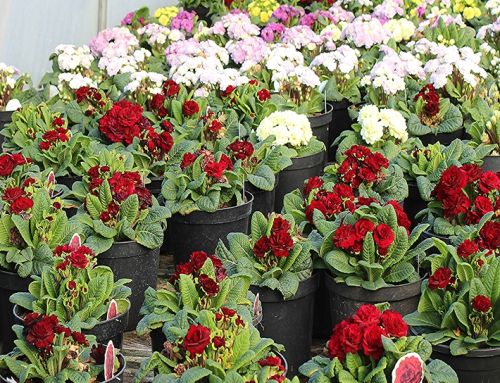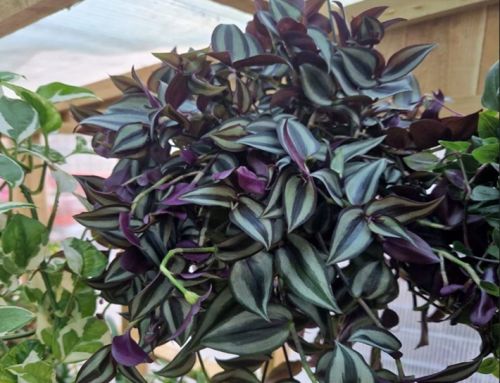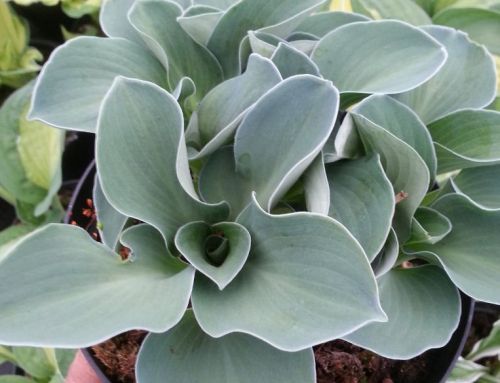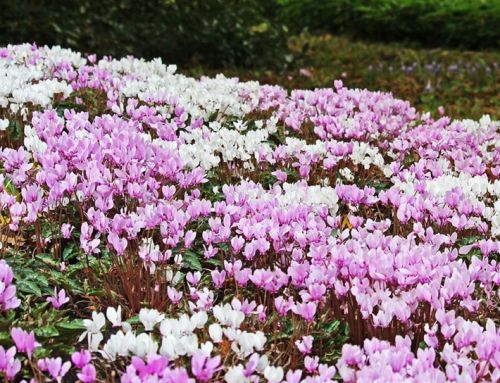Crocosmias – A riot of colour
 Crocosmias are an amazing group of plants fabled, for their sheer colour during the summer months. Strap-like fresh leaves, sometimes tinted bronze, are the perfect foil for their bold sprays of yellow, orange and red flowers. Their ability to thrive almost anywhere makes them one of the most widely grown of all the summer flowering bulbs. They are easy, mostly hardy, and very reliable. Nowadays there are upward of 300 varieties to choose from, most of which are MUCH less invasive than their original parent – in fact some are even quite delicate and select.
Crocosmias are an amazing group of plants fabled, for their sheer colour during the summer months. Strap-like fresh leaves, sometimes tinted bronze, are the perfect foil for their bold sprays of yellow, orange and red flowers. Their ability to thrive almost anywhere makes them one of the most widely grown of all the summer flowering bulbs. They are easy, mostly hardy, and very reliable. Nowadays there are upward of 300 varieties to choose from, most of which are MUCH less invasive than their original parent – in fact some are even quite delicate and select.
Flower size has been improved, as has the colour range. Now there are many combinations of the three fiery colours in a range of heights, flower shapes, flower sizes, leaf colour and blooming times.
Growing Conditions
In ideal conditions Crocosmias prefer a sunny site. They will however tolerate a semi shaded well lit area. Soil is not so critical. Crocosmias originally came from the grasslands of southern and eastern Africa, ranging from South Africa to Sudan. Here they grow in very poor soils making them excellent subject for those of us with less than ideal gardens.
A few varieties that stand out are ‘Lucifer’, ‘Zambesi’, ‘Pauls Best Yellow’ Hellfire’,and ‘Columbus’. These are but a few of my many favourites and I could add at least another ten to the list.
A Crocosmia to watch out for is ‘Red David’ a Farmyard Nurseries exclusive. This chance seedling is an absolute stunner, the pictures really don’t do it credit. Later and shorter than ‘Lucifer’ and larger flowered than ‘Hellfire’ the large red flowers make it a ‘buy on sight’ plant. It certainly ranks amongst my all time favourites!
The name is  derived from the Greek words krokos, meaning ‘saffron’ (a highly prized spice), and osme, meaning ‘odor’ . This comes from the saffron smell emitted by the dried leaves when immersed in hot water.
derived from the Greek words krokos, meaning ‘saffron’ (a highly prized spice), and osme, meaning ‘odor’ . This comes from the saffron smell emitted by the dried leaves when immersed in hot water.
Some Crocosmias are great for problem areas
A word of warning though, avoid the species unless you want something that you will never get rid of. It can be useful however, great for planting in rough patches and hedgerows where a brilliant splash of orange is required – with little or no attention needed.
They have become massively naturalised in New Zealand, the American Pacific Northwest and several other countries. A sight I shall never forget was an area of at least 3 acres in New Zealand completely covered with these shining jewels, glinting in the sunlight. They may be weeds to some but they were stunning.






